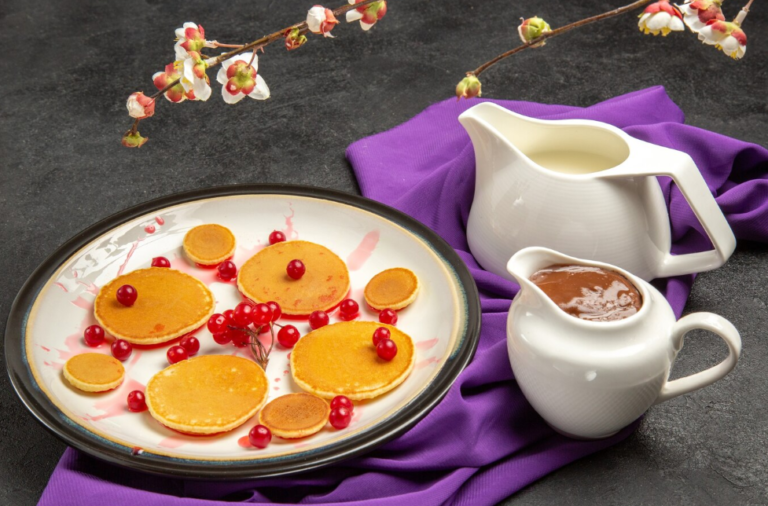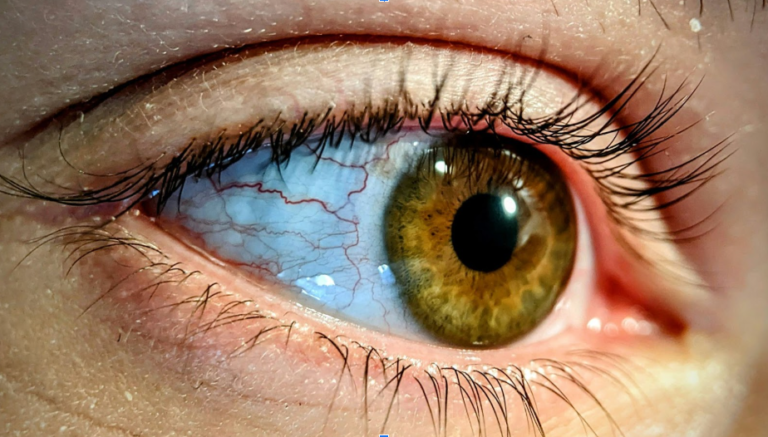What is Divine Feminine Energy in Different Cultures?
The divine feminine is a spiritual and psychological idea that represents gentle, emotional, and deeply human qualities. It’s not tied to any one gender, but it’s something that everyone can connect with. This energy highlights care, empathy, and emotional awareness. It helps us create stronger connections with other people and listen to our inner wisdom. When wondering about ‘what is divine feminine energy’, many people relate it to feelings of warmth, kindness, and understanding.
The Evolution of the ‘What is Divine Feminine Energy’ Concept
This idea didn’t appear overnight. It has grown and advanced through thousands of years, taking different shapes based on beliefs, cultures, and traditions. In early times, people often worshipped mother figures. These goddesses stood for life, birth, and nature. Statues like the Venus of Willendorf show how important these ideas were, even in ancient days. These figures weren’t just symbols, and were actually a big part of how people saw the world around them.
As societies developed, ancient cultures continued honoring goddesses with a number of different traits. Some stood for love, others for wisdom, and many for the ability to care and support life. These beliefs helped shape how people understood feminine strength.
Later, during the Middle Ages and the Renaissance, things began to shift. As male-dominated systems and religions grew, goddesses and feminine figures slowly stepped back from the spotlight. Still, this energy didn’t disappear. It showed up in quiet but powerful ways. In Christian beliefs, for example, figures like the Virgin Mary and many female saints carried qualities of the divine feminine energy through their actions, faith, and compassion.
By the 1800s, there was a new spark of interest in older spiritual paths. More people began exploring goddess worship again. Some of this came from a desire to return to nature or find meaning outside the fast-moving, factory-based world. These changes gave people a chance to reconnect with ancient feminine wisdom in a modern way.
Then, in the 1900s, feminist movements brought fresh energy to this idea. The divine feminine became a symbol of strength, fairness, and freedom. It helped many people speak up for balance and healing in a world that often leaned too far into power and control.
The Image of the Divine Feminine Today
Now, in today’s world, this idea is growing again. Many people include it in their spiritual and wellness practices. People see it as a way to heal within, live more peacefully, and treat nature with respect. In many circles, it works side by side with masculine energy to create balance. Instead of pushing against each other, both energies are seen as parts of a whole.
See also: Top Reasons to Choose Complete Health Dentistry SoCal as Your Dentist in Poway, CA
Exploring What is Divine Feminine Energy in Different Cultures
Power and Protection in Hinduism
In Hinduism, goddesses like Durga and Kali are strong and powerful. Durga fights off evil and keeps things safe. While Kali helps remove anything that’s no longer needed, so something better can grow. Aside from being soft and gentle, these goddesses are bold and brave, showing us that the divine feminine can be a force that protects and changes things for the better.
Compassion in Buddhism
Then, in Buddhism, the focus is more on calmness and kindness. People see Tara and Quan Yin as helpers who listen when others are hurting. Many know Tara for helping during tough times, and Quan Yin brings comfort and love. Their energy is soft and caring, showing how the divine feminine can heal and bring peace.
Native American Traditional Belief of the Mother Earth
For many Native American tribes, the Earth itself is divinely feminine. Mother Earth is sacred. She gives life, holds the water, grows the food, and supports all living beings. Instead of one single figure, she is everywhere. That’s why nature, seasons, and land are so deeply respected in these communities. The divine feminine energy here is part of everyday life.
Brigid and the Creative Spirit of Celtic Mythology
In Celtic myths, the divine feminine shows up in goddesses like Brigid. She’s known for helping with healing, poetry, and even metalwork. Brigid doesn’t just portray comfort; she also inspires people to create, write, and build. This shows that feminine energy can also be about ideas, skills, and making things better.
Beauty, Love, and Family in Greek and Roman Mythology
Lastly, let’s visit ancient Greece and Rome. Their myths are filled with goddesses like Demeter, Hera, and Venus. Demeter is the earth mother, deeply connected to harvest and motherhood. Hera represents marriage and family, while Venus (or Aphrodite in Greek) stands for love, beauty, and desire. Each one holds a piece of what it means to be feminine, emotionally, spiritually, and even physically.
Conclusion
So in every culture, we see what is divine feminine energy in a new way. However, no matter the form, it always brings life, support, and love. These stories remind us how powerful and meaningful the feminine spirit really is, no matter where you look in the world.
Wondering how you can incorporate the divine feminine into your life? Reach out to Teja Valentin!






